Evergreen screen for zone 3b/4a
jame76
18 years ago
Featured Answer
Comments (9)
Crazy_Gardener
18 years agomarilenav1
18 years agoRelated Professionals
Accokeek Landscape Architects & Landscape Designers · Lakewood Landscape Architects & Landscape Designers · Surprise Landscape Contractors · Cincinnati Landscape Contractors · Framingham Landscape Contractors · Gainesville Landscape Contractors · Hilton Head Island Landscape Contractors · Rochester Landscape Contractors · Round Lake Landscape Contractors · Cicero Window Contractors · Conyers Window Contractors · Edmonds Window Contractors · Lake Forest Park Window Contractors · Suitland Window Contractors · Woodland Hills Window Contractorsginkgonut
18 years agomarciaz3 Tropical 3 Northwestern Ontario
18 years agojame76
18 years agoleftwood
18 years agosharons2
18 years agoSherwood Botsford (z3, Alberta)
16 years ago
Related Stories
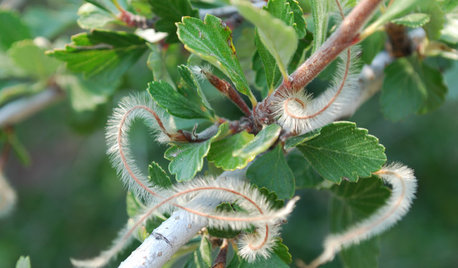
GARDENING GUIDESGreat Design Plant: Curl-Leaf Mountain Mahogany, an Easy Evergreen
Use it as an accent plant or mass it as a screen; this pine and spruce alternative is a hard worker in dry, cold climates
Full Story
LANDSCAPE DESIGNWarm Up Your Home With an Evergreen Windbreak
Plant tall trees for more warmth in winter, serenity in summer and good looks all year long
Full Story
GARDENING GUIDESGreat Garden Combo: 3 Wonderful Plants for a Deer-Resistant Screen
Protect your privacy and keep deer at bay with a planting trio that turns a problem garden area into a highlight
Full Story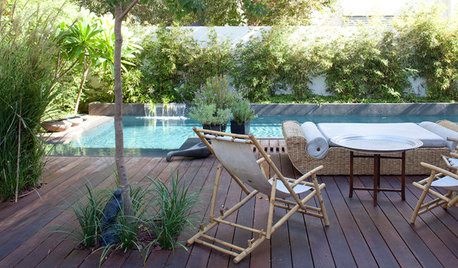
GARDENING AND LANDSCAPING10 Great Outdoor Chill Zones
Whether you have a huge poolside deck or a sliver of a patio, these ideas will kick stress to the curb all summer long
Full Story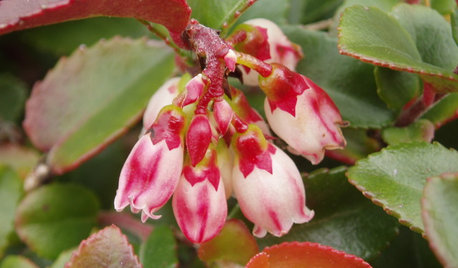
GARDENING GUIDESGreat Design Plant: Evergreen Huckleberry Appeals All Year
Spring flowers and summer berries are only half the story with Vaccinium ovatum, a versatile Pacific Northwest native plant
Full Story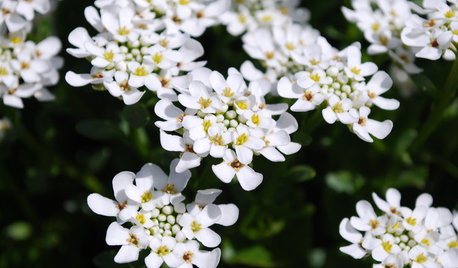
GROUND COVERSGreat Design Plant: Evergreen Candytuft for Glossy Winter Foliage
Keep your garden green through frosty days with this woody subshrub — then delight in sparkling white flowers come spring
Full Story
GARDENING GUIDES8 Deer-Resistant Elegant Evergreen Shrubs to Plant This Fall
Who knew that such beautiful shrubs could be deer-resistant?
Full Story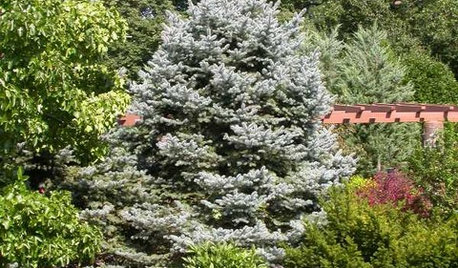
LANDSCAPE DESIGN10 Evergreens for Beautiful Foliage All Year
Give your landscape consistent color and structure with the emeralds, chartreuses and blues of evergreen trees and shrubs
Full Story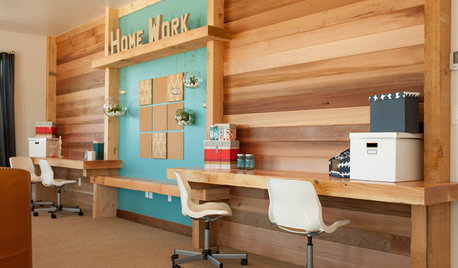
KIDS’ SPACES5 Ideas for a Great Home Learning Zone
Get your child off to a good start this school year with homework areas and strategies that reduce the frenzy
Full Story
GARDENING AND LANDSCAPINGGrow a Lush Privacy Screen
No need to wait forever for patio privacy the green way. These 10 ideas will get your screening up and running in no time
Full StoryMore Discussions






glen3a